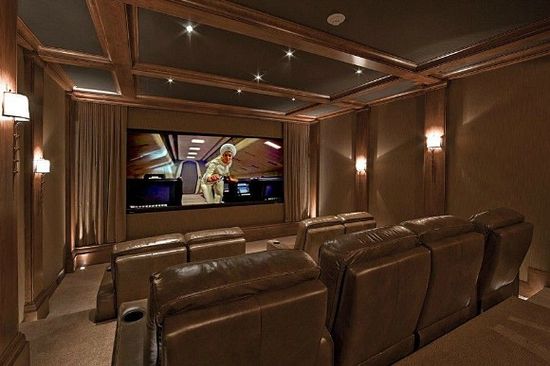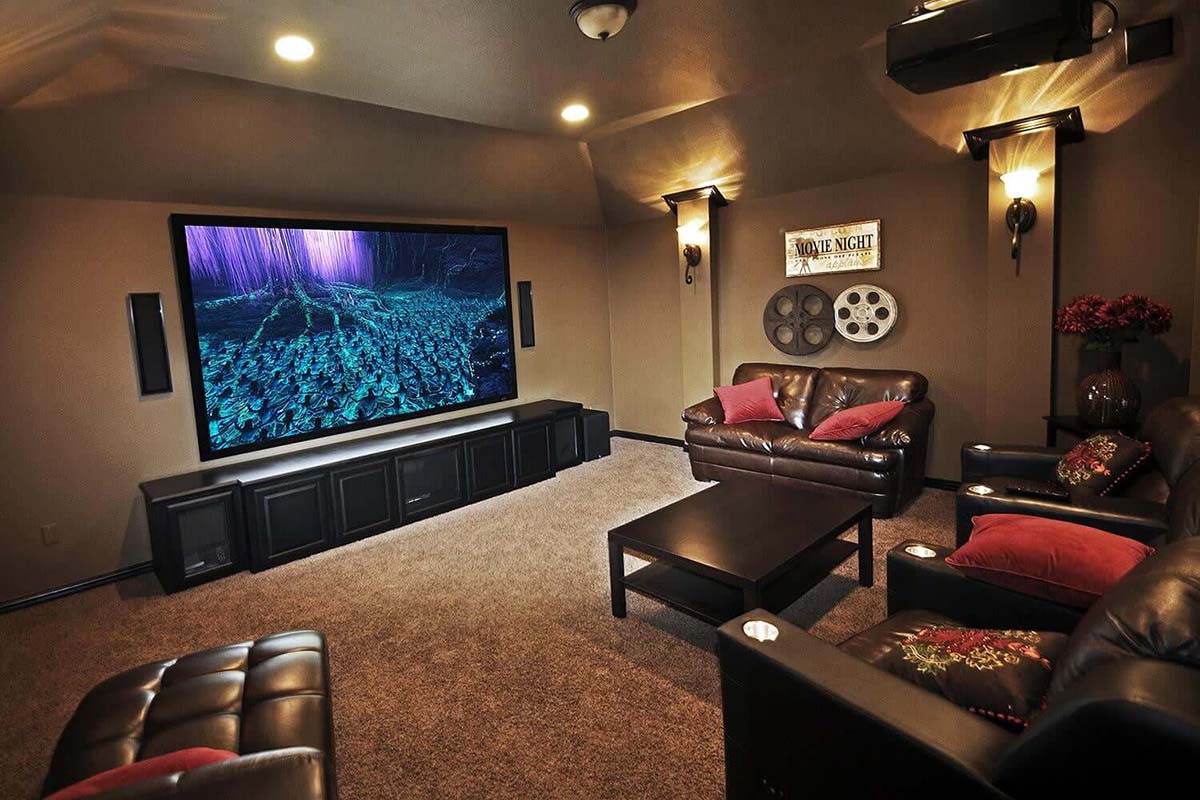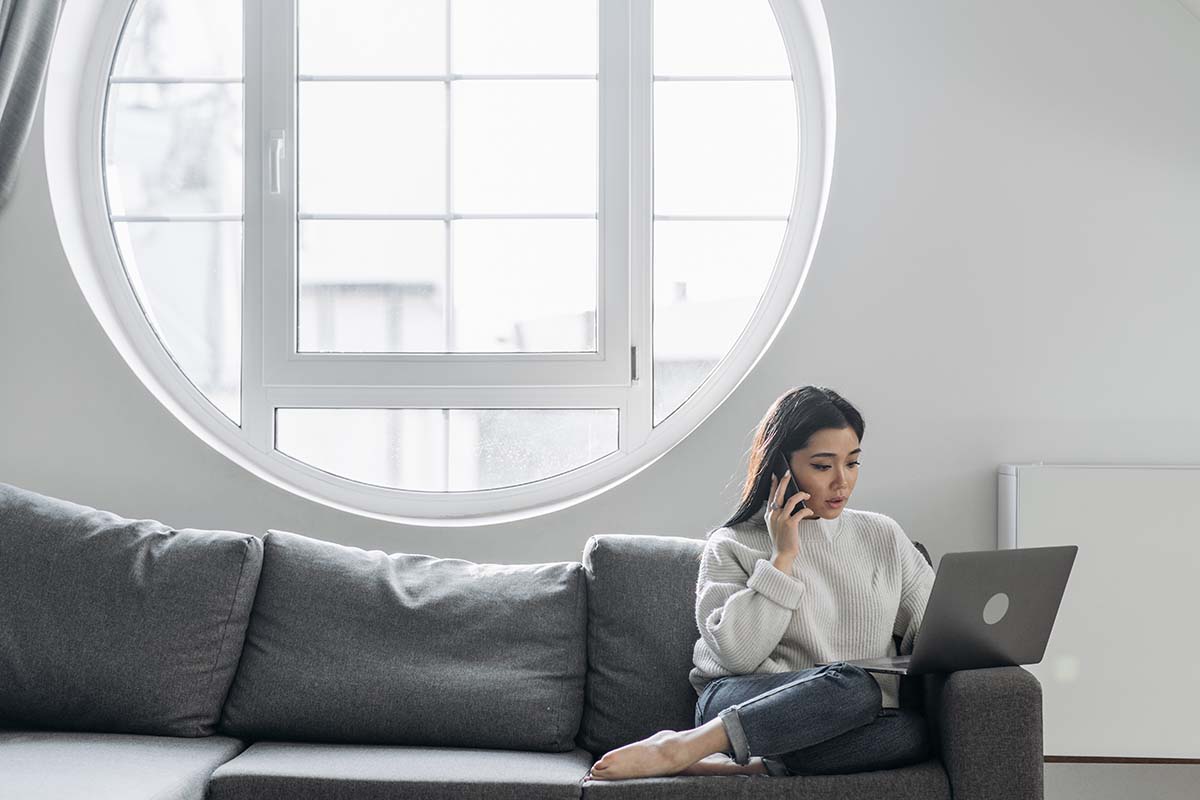Home Theatre Design Mistakes You Never Want to Make
Learn from other people’s mistakes and avoid costly mistakes. We’ve seen the outcomes of a poorly executed home theatre, and we don’t want you to make the same expensive mistakes. There are many ways that home theatre systems can go wrong: bad sound quality, uncomfortable screen viewing, or terrible seating. Getting the professionals in helps to avoid these issues so you have a perfect viewing experience every time.
When planning your home theater, it’s crucial to avoid overlooking the acoustics of the Cinema Room, as poor sound quality can significantly diminish the immersive experience.
A square room
Square rooms don’t perform as well acoustically as other shaped rooms. Rectangular or oddly shaped rooms work better for bass waves. So consider this when you are at the initial stages of designing your home theatre room.
Lots of windows
As well as letting in light—that even the heaviest of drapes won’t fully block—windows are thin and let sounds in. If there are windows and you can’t avoid them, then there are window treatments that help to minimize noise.
Decorating your theatre as though you would any other room
Before you slap on a half-Spanish-white and some oak floorboards, stop. This is not a room you can have that fits in with everything else in the house. Some colors and patterns will reflect on the screen, which is why you need to have dark, solid colors (think grey or the classic theatre dark red). You also need to consider sound. A timber floor could create some interesting sound dynamics, whereas a lush carpet may help to create a more predictable quality.
Obscuring speakers
If you’ve spent a lot of money on the sound system, hiding these behind plants or in custom cabinets is just going to create poor sound quality. Never hide your speakers. They should be in the open, slightly elevated, and easily seen.
Using standard furniture
Using standard furniture or re-purposing existing furniture that isn’t designed for home cinema is going to result in a less than optimal experience. Your home theatre furniture should be comfortable for hours at a time with little movement. It needs to support your back and neck, and have readily accessible areas for snack storage.
Putting speakers in the wrong place
There’s an art to speaker placement. Not only do they need to be unobscured and at the right height, but they also need to be 120cm away from where anyone will be seated to avoid sound localization. Also, the closer your speakers are to the wall, the more the bass is reinforced. This is good, up to a point. After that, the bass may become distorted or overwhelm the other sounds.
Making the screen too big
The whole point of a home theatre is watching things ‘on the big screen’, so many people simply go out and buy the biggest viewing area they possibly can. However, this may result in only a small proportion of the room being able to view a movie comfortably.
There’s a simple calculation for figuring out the size of the screen. Take that screen size and multiply it by 1.6. I.e. 50” x 1.6 = 80”. That means that the closest someone can comfortably sit and watch a movie is 80 inches away from it.
Then, the viewing angles need to be between 40 and 50 degrees. This allows people to see the whole screen without moving their necks or being in an uncomfortable position. If your screen is too large and the room quite small, it may be uncomfortable anywhere except for the center seat.
If you want to get these things right, make sure you invest in professional home theatre seating. Your expensive home theatre will be so much better if you do.




















